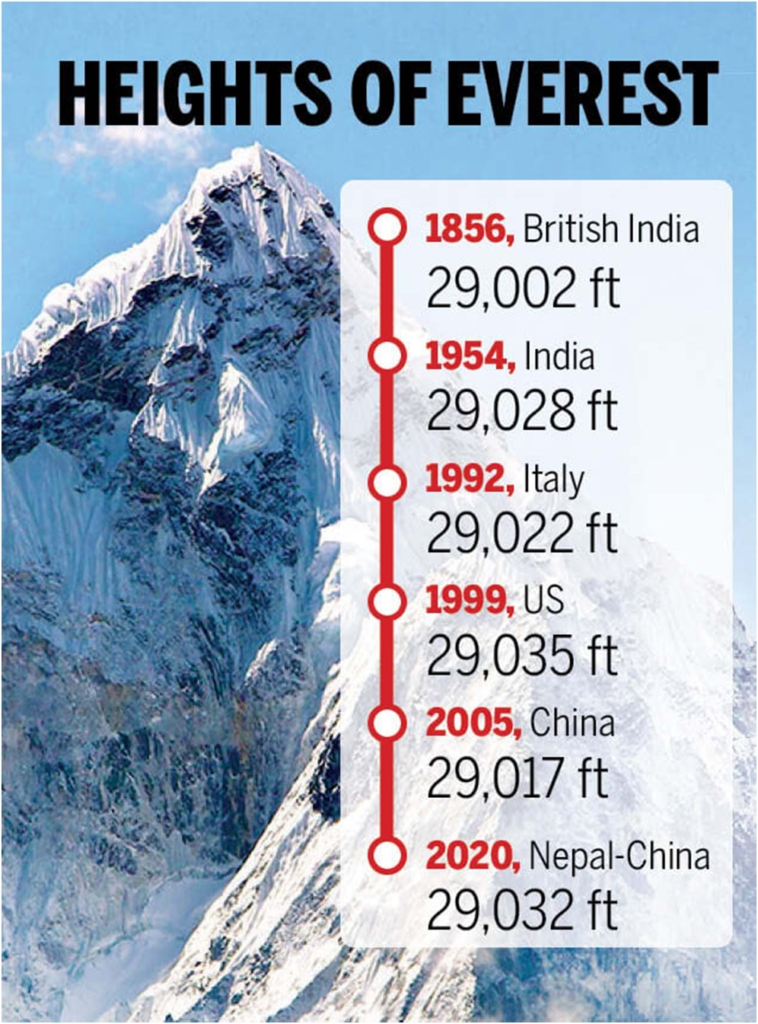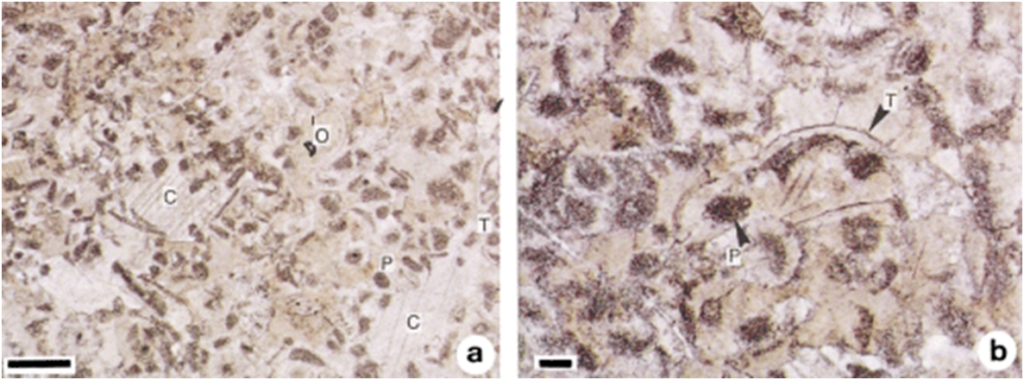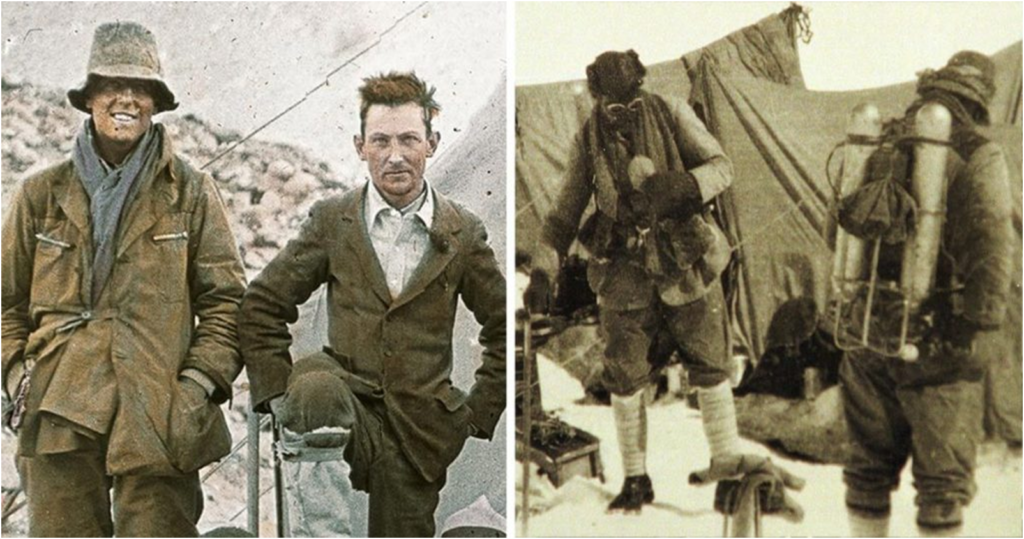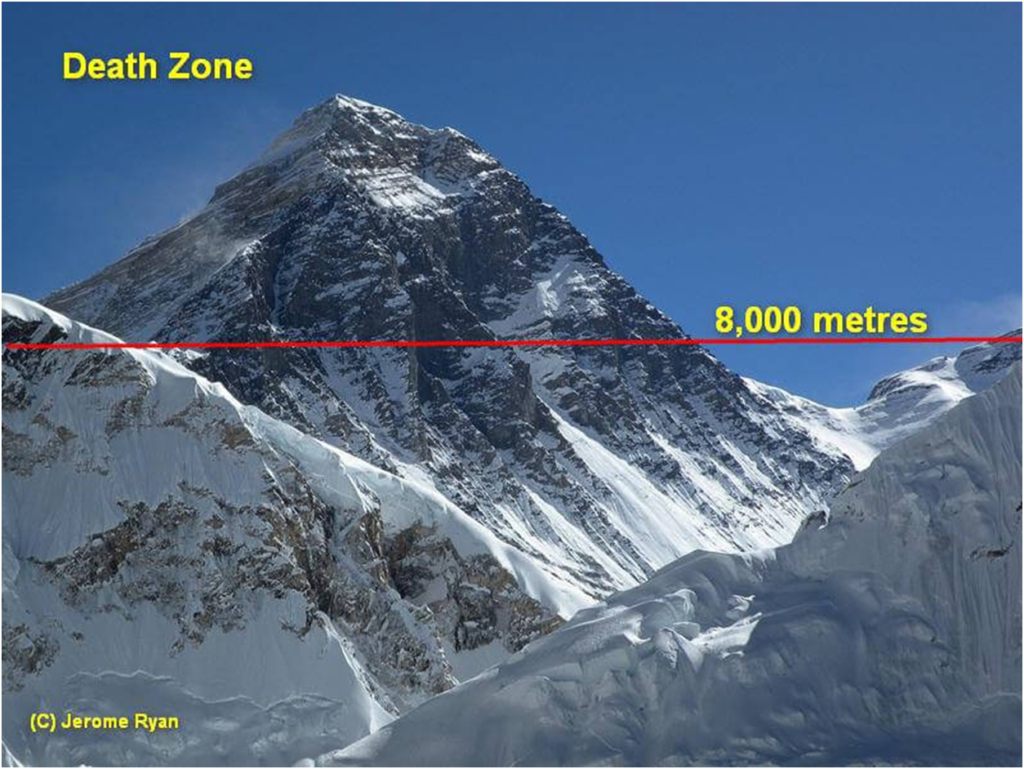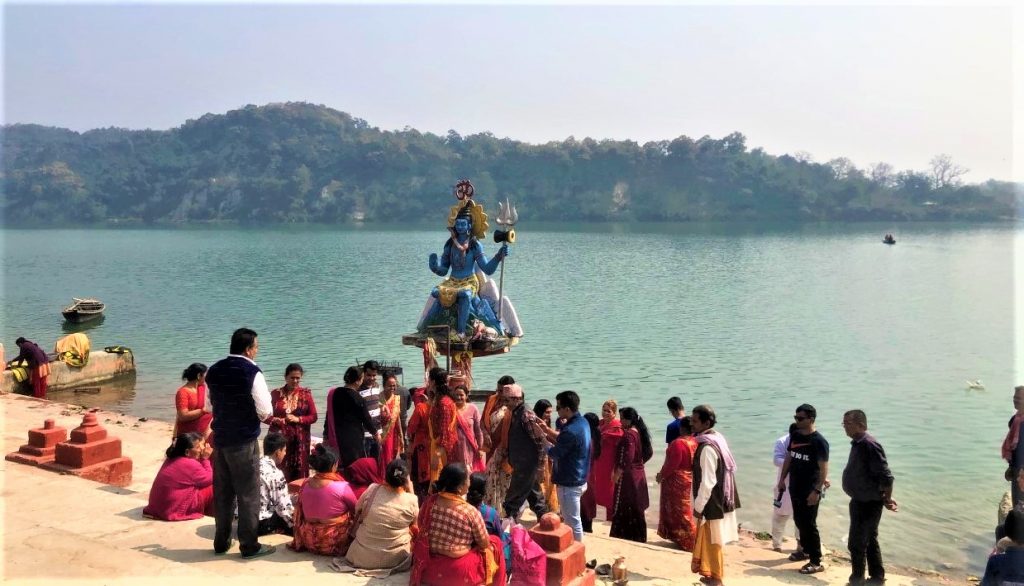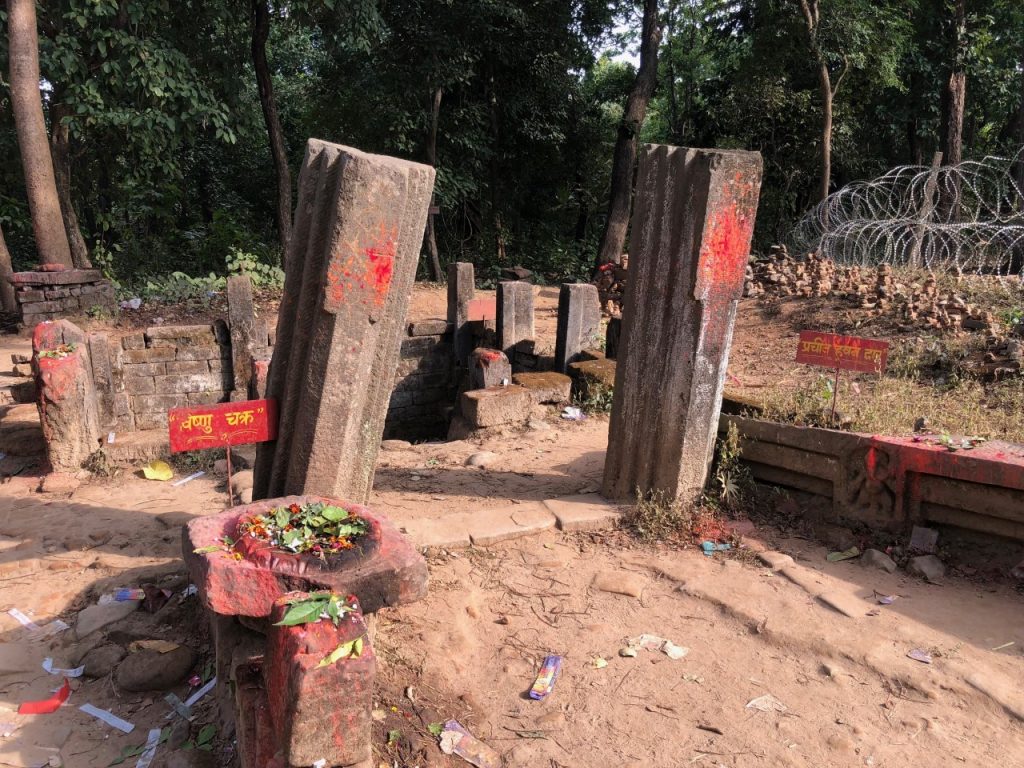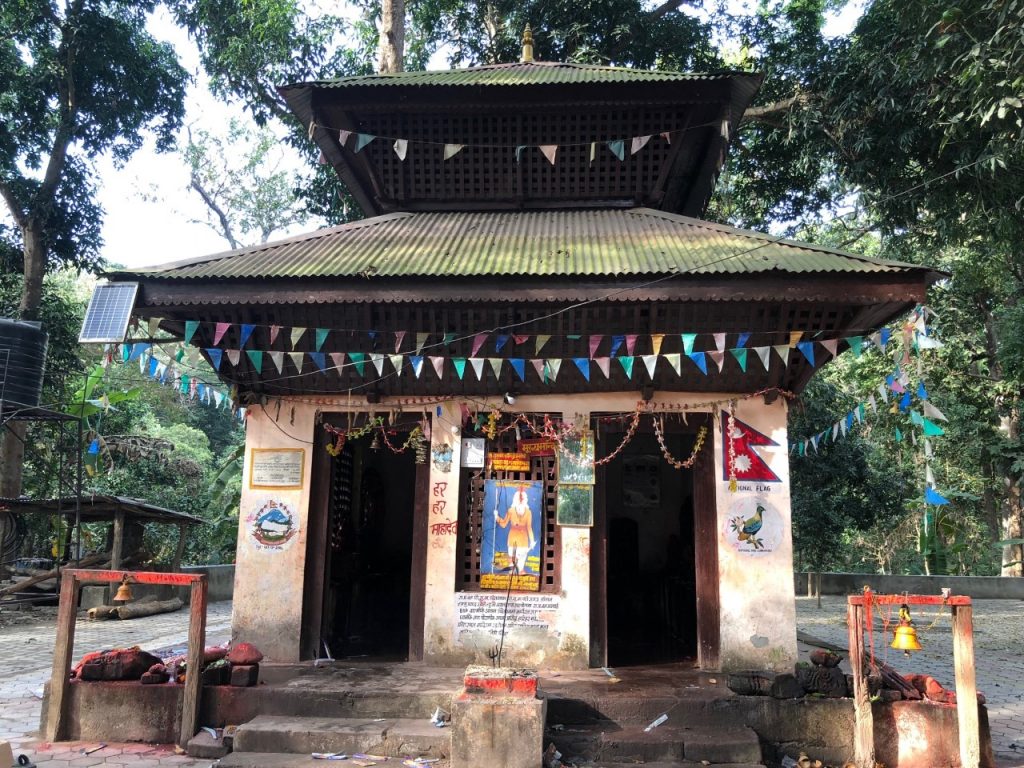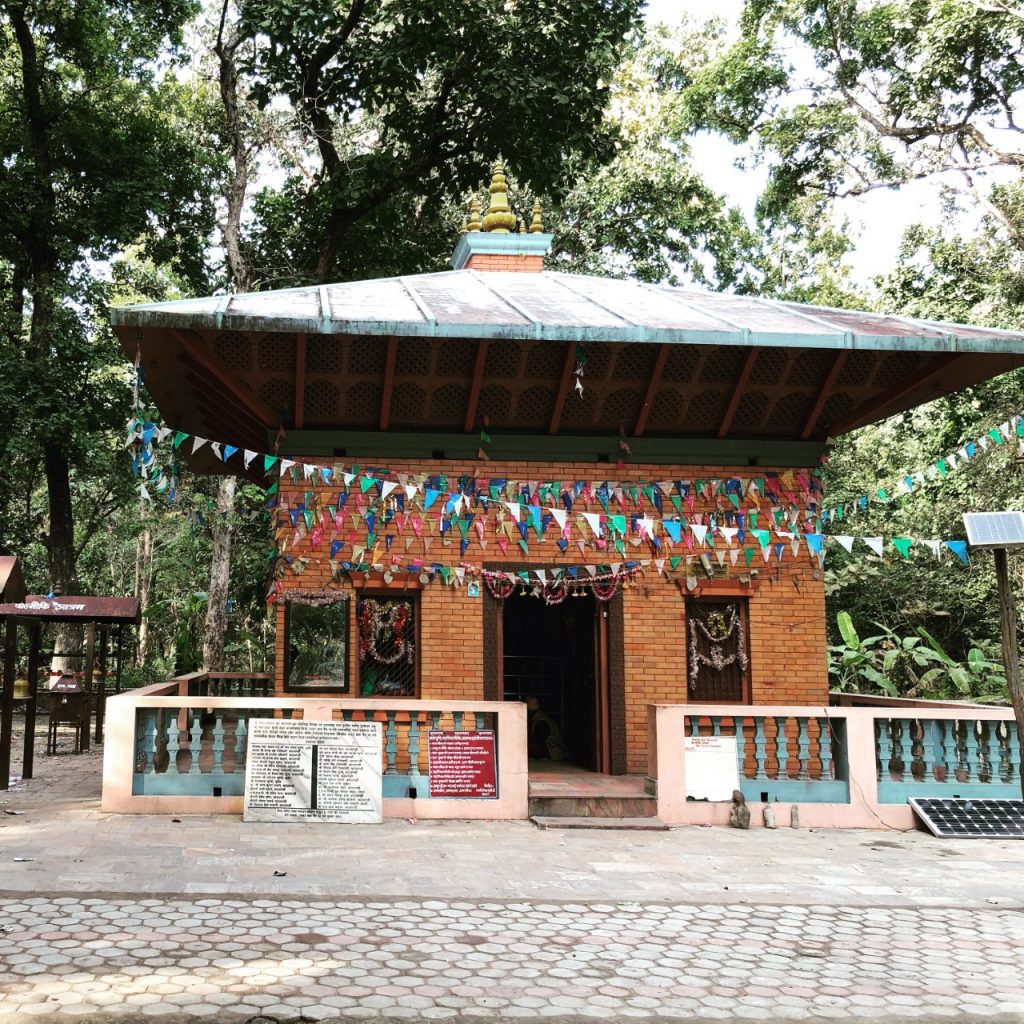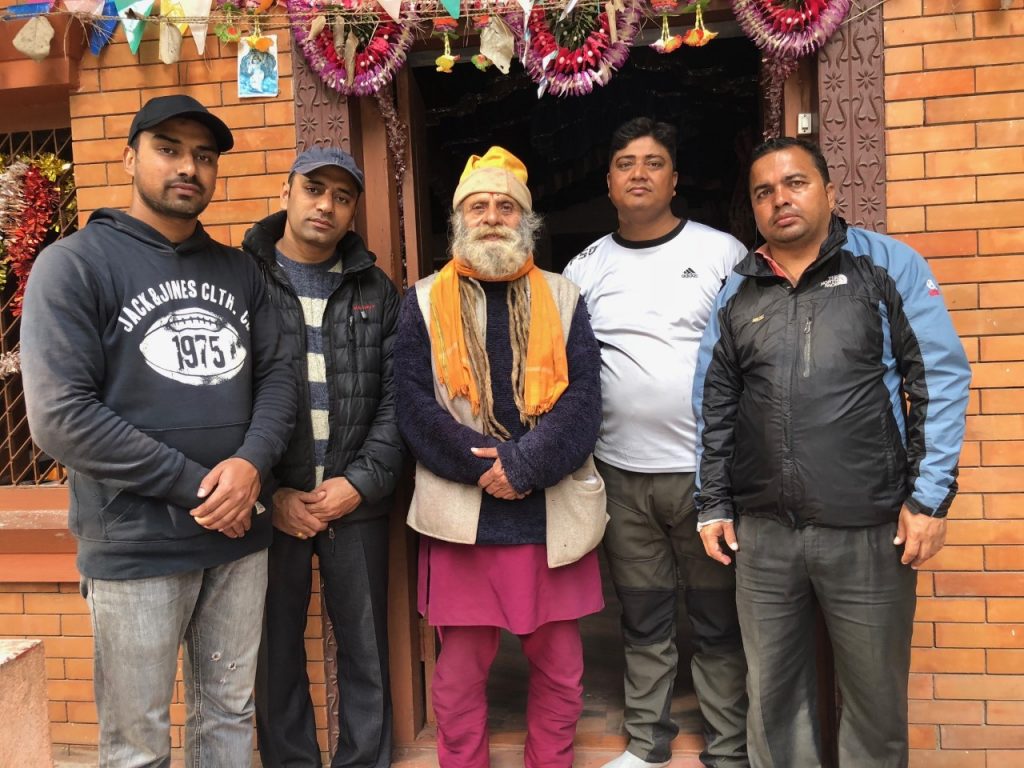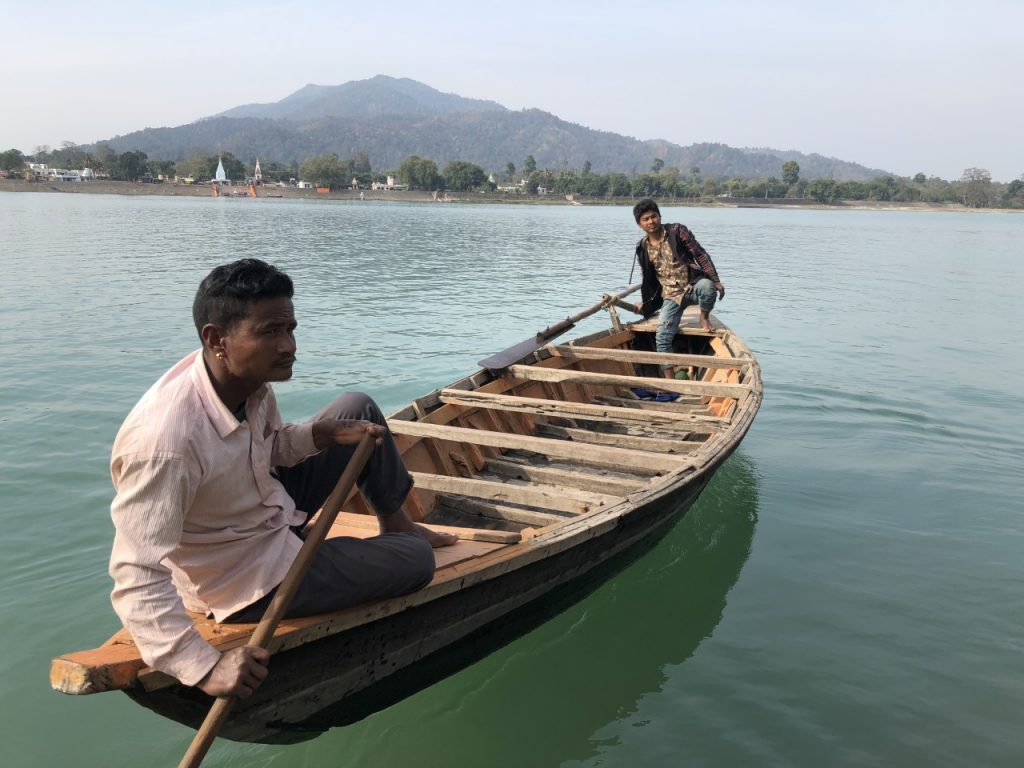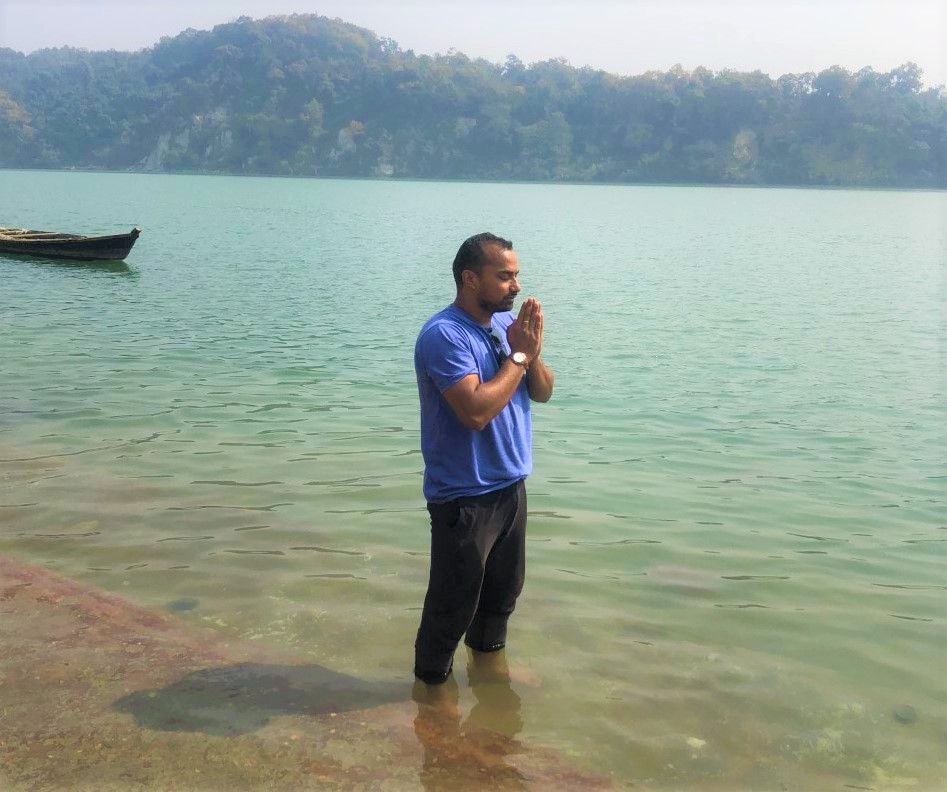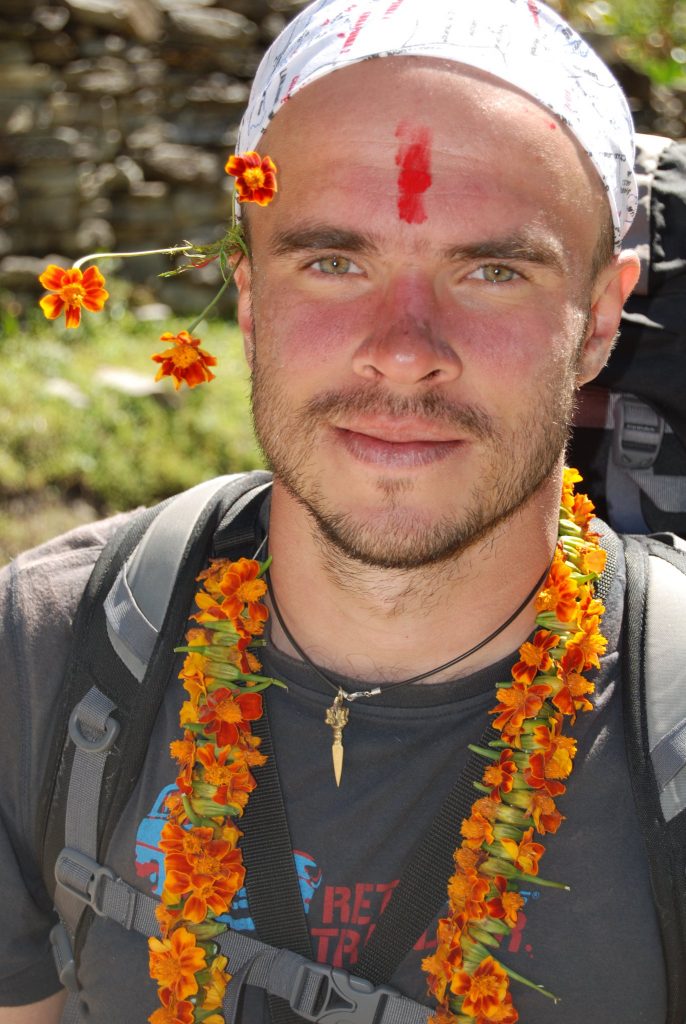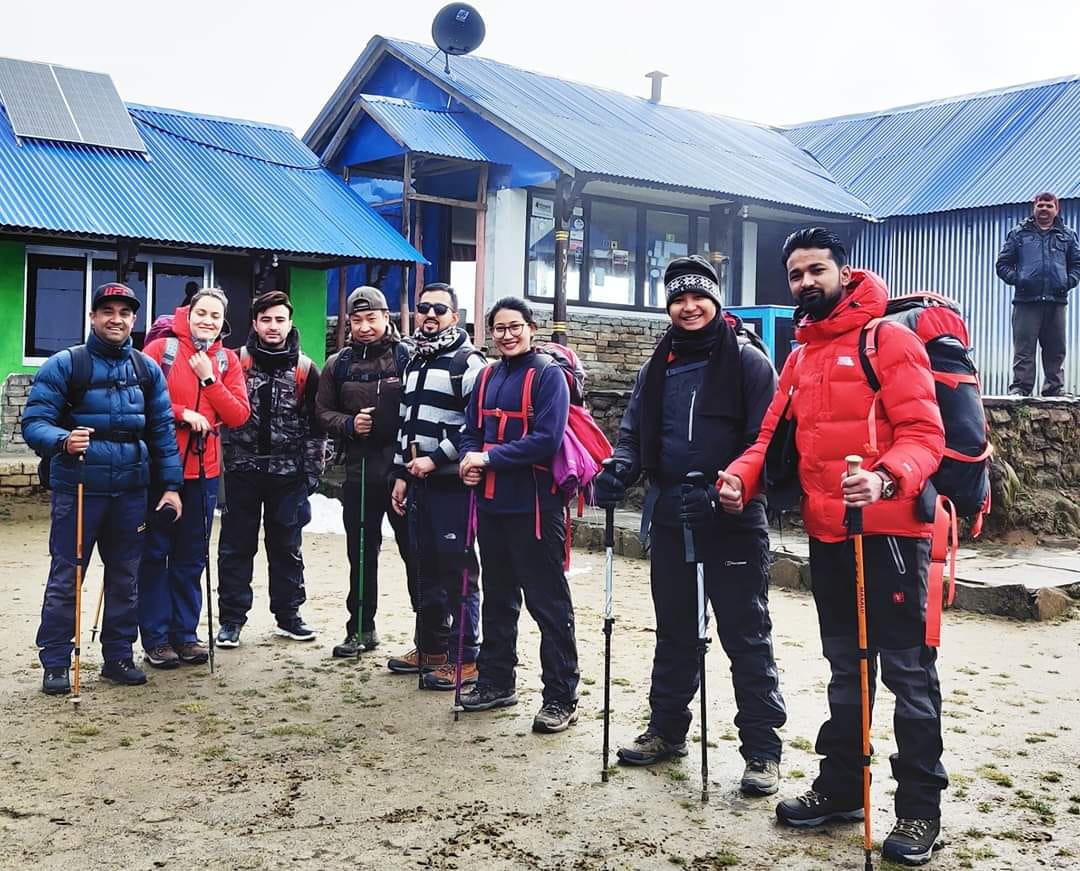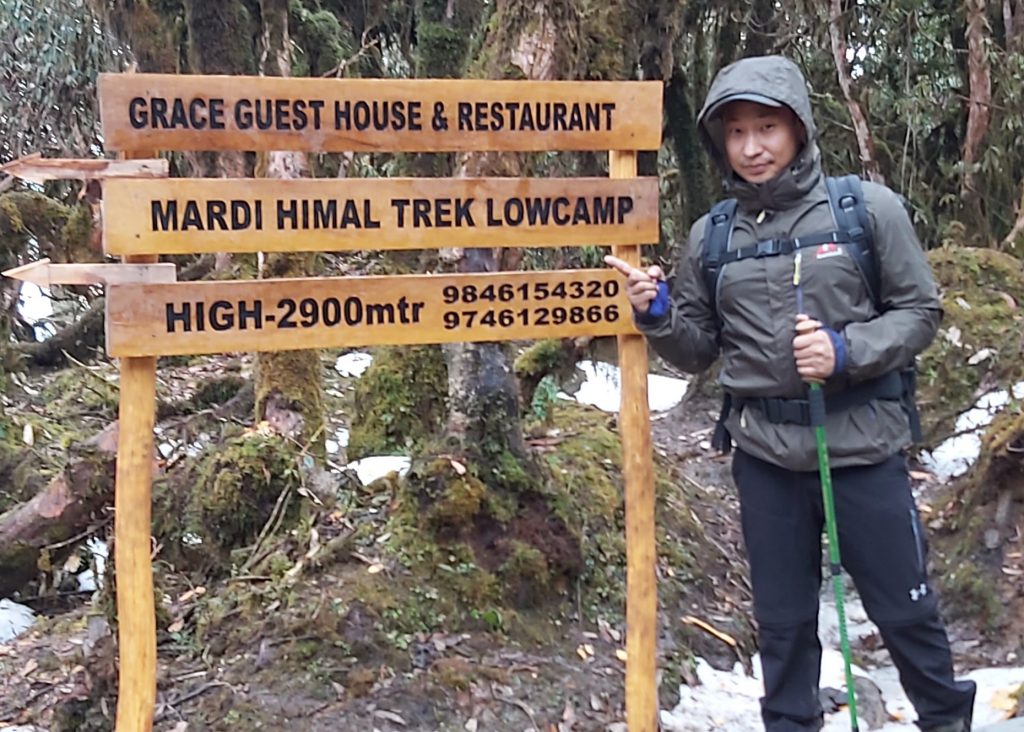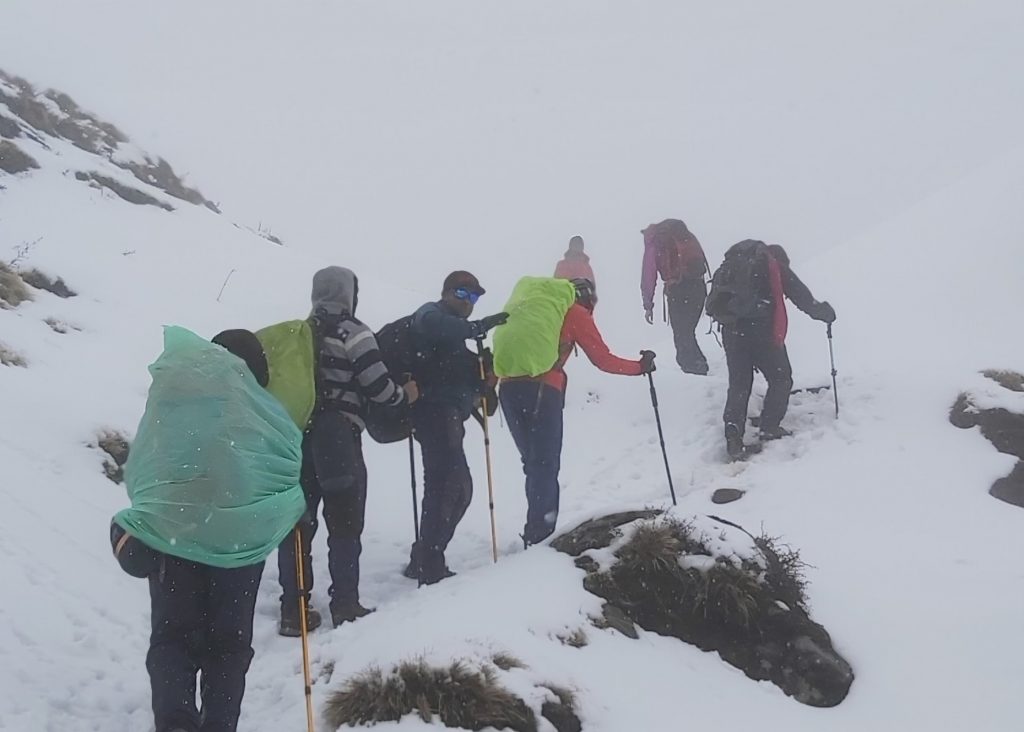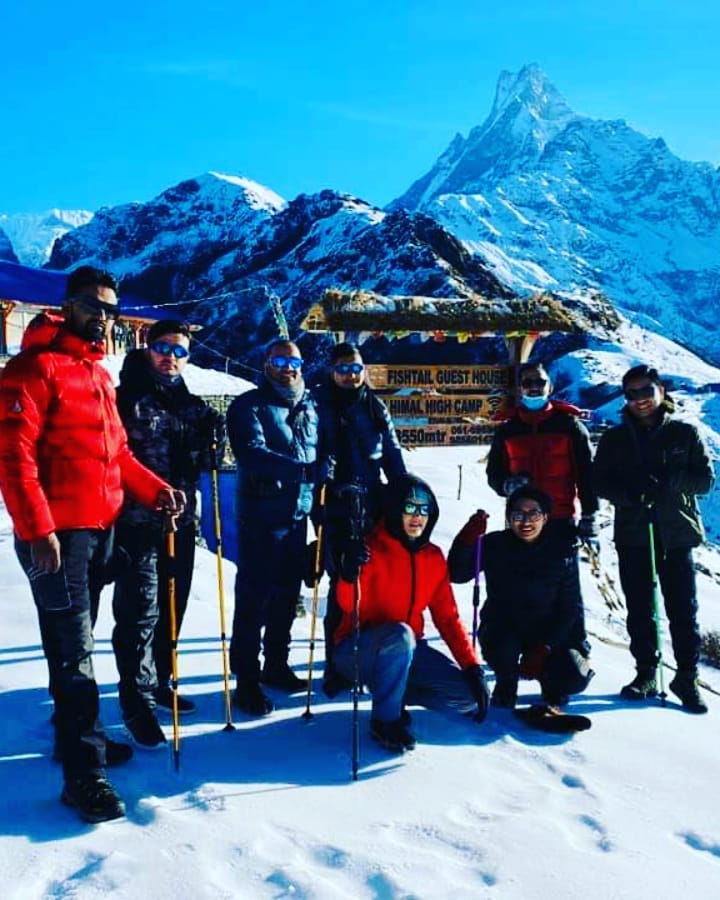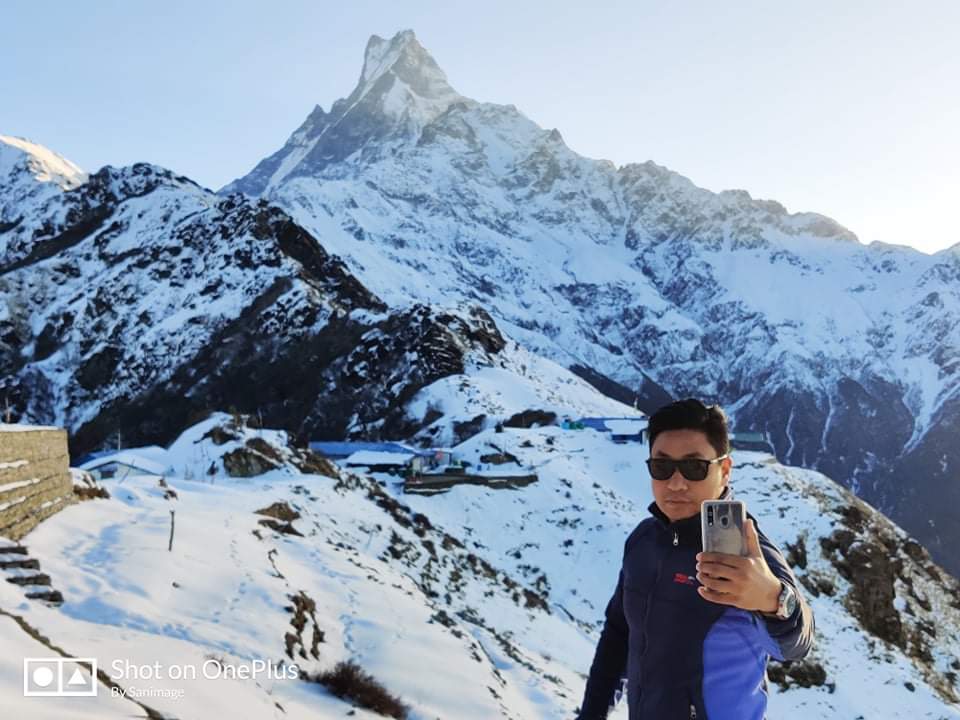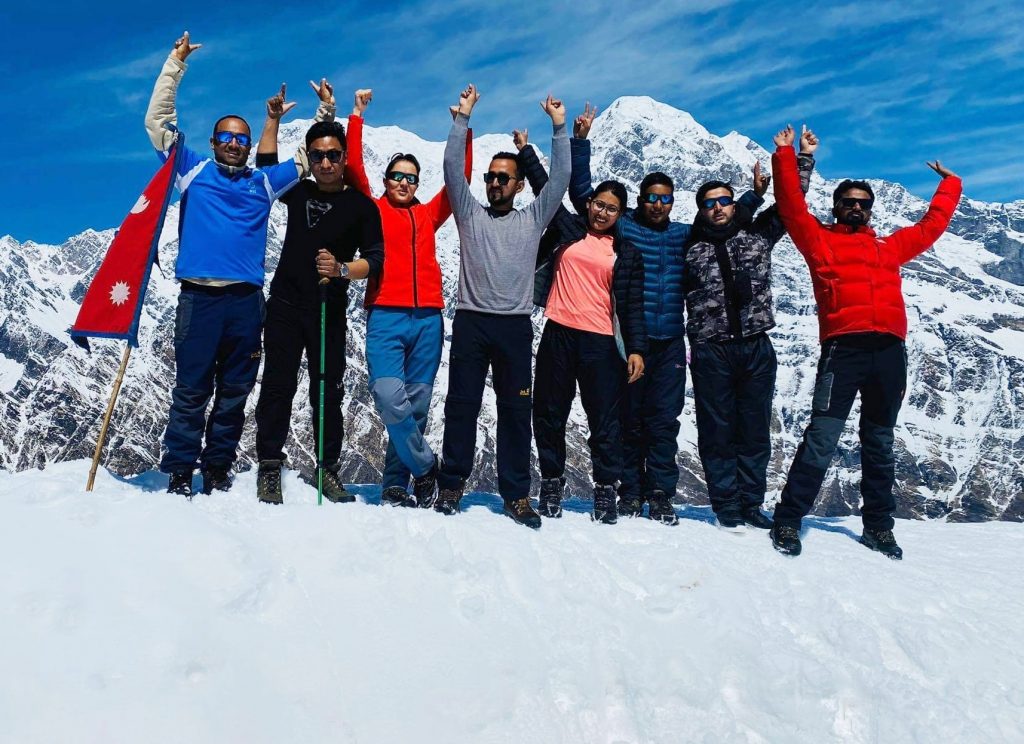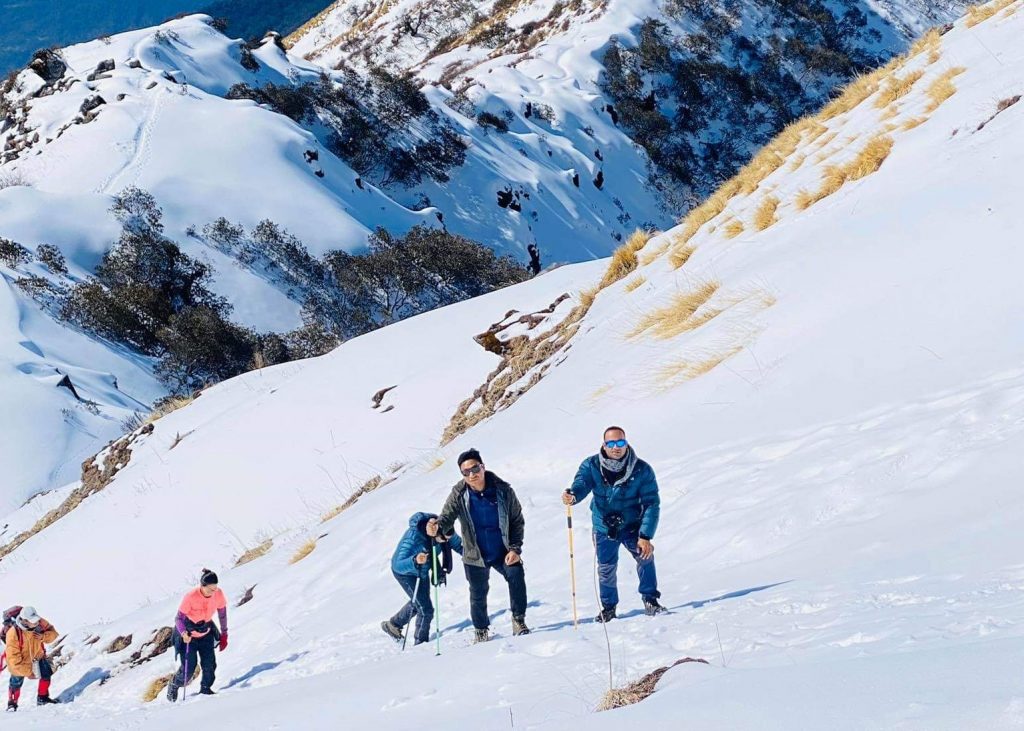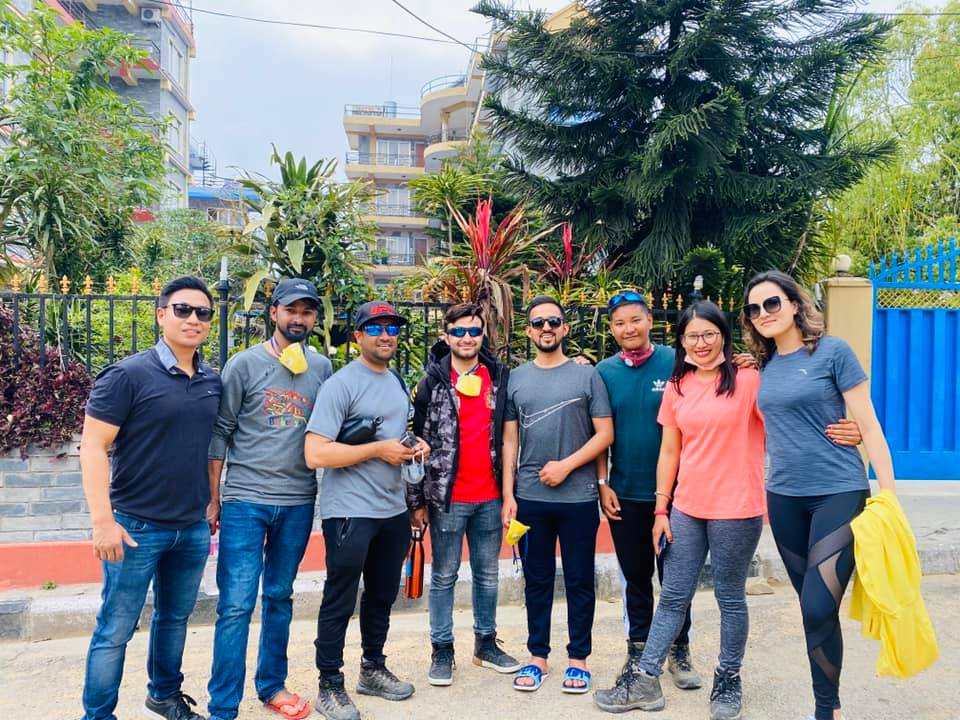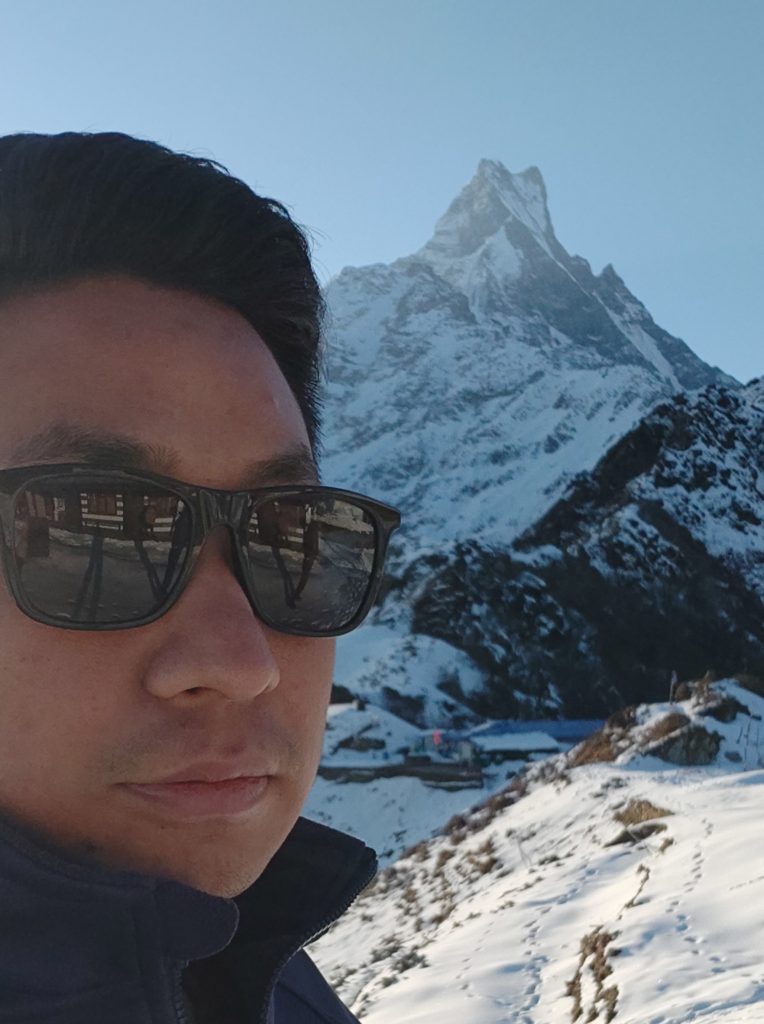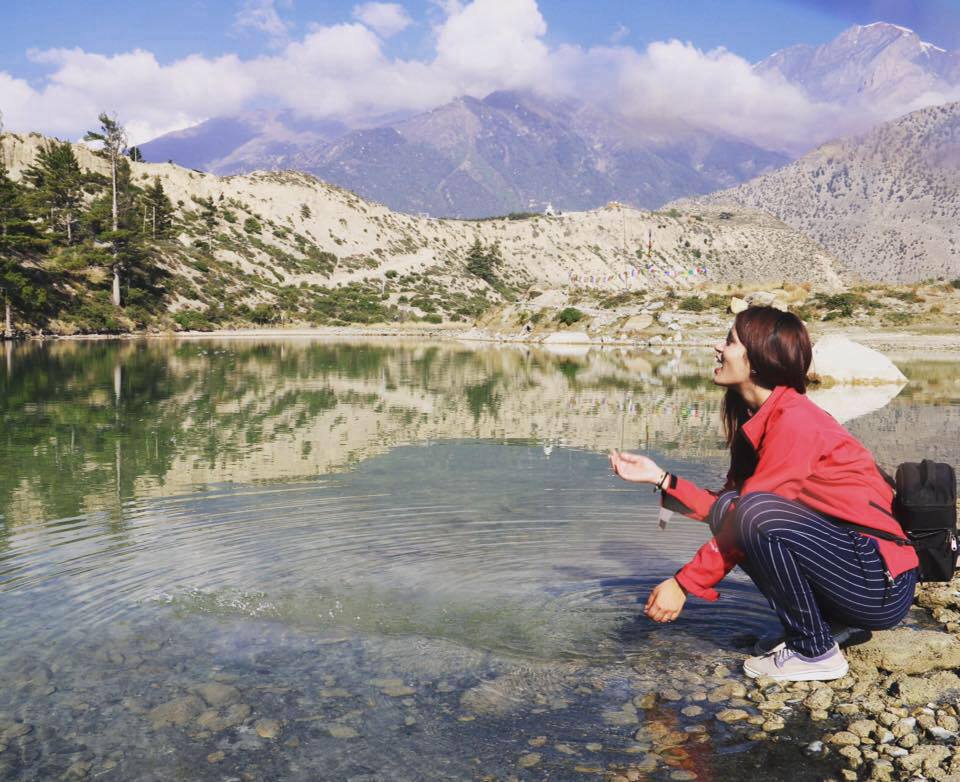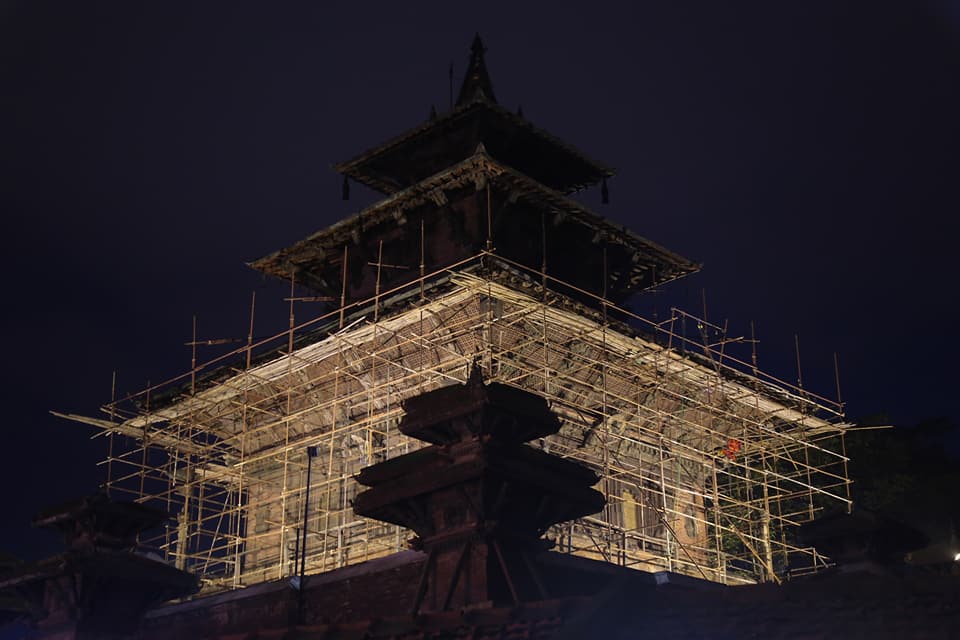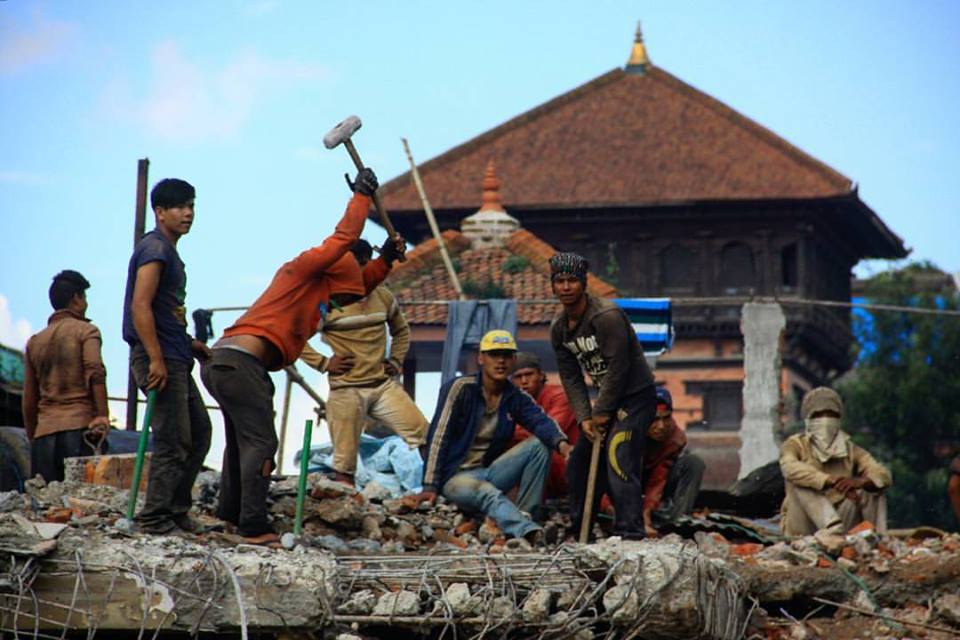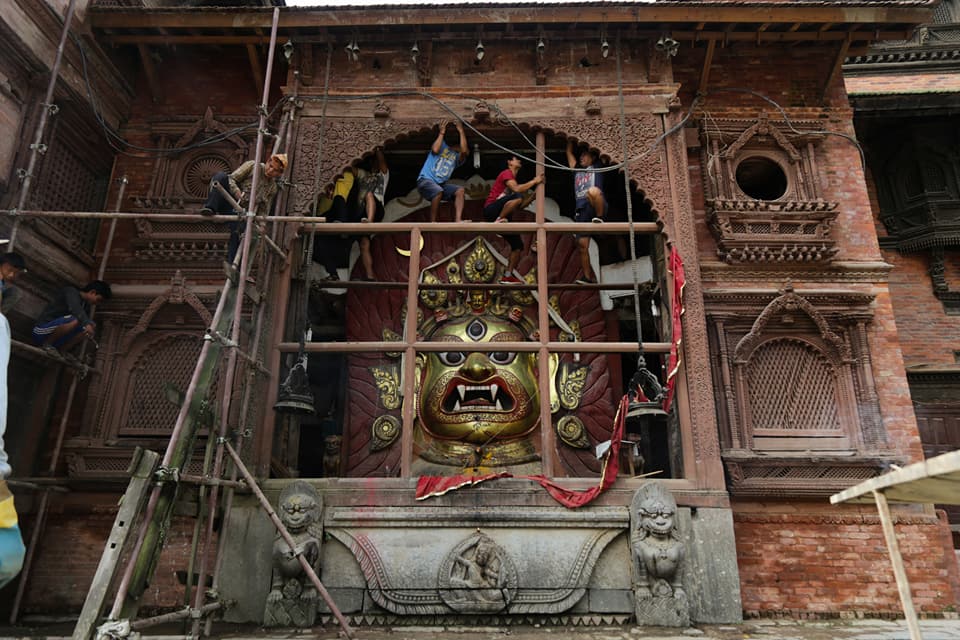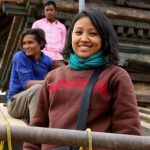Buddhism is a
tradition that focused on personal spiritual development based on original
teachings of Buddha. It is a path of practice and spiritual development leading
to Insight into the true nature of reality. Buddhism is a practice through
meditation which changes you in order to develop the qualities of awareness,
kindness and wisdom. It is practice of overcoming of suffering and cycle of
death and rebirth either by the attainment of Nirvana or through the path of
Buddha wood. Let’s discuss some points to get more insight of Buddhism.
THE BUDDHA
Buddhism was started with Buddha. The word Buddha is a title which means one who is awake in the sense of having wakened up in to the reality.
Buddha was born
in 623 BC as Prince Siddhartha Gautama. He was son of King Suddhodhan and Queen
MahaMaya (Maya Devi) of the ancient Shakya
kingdom Kapilavastu of Nepal. He left his palace and
went to Bodhgaya to find the meaning of life and meditated for many years and
got enlightenment. Saarnath is the place where he gave his first teaching and
he got Mahaparinirvana (Death) at Kusinagar.
Four Noble Truths- Dukha and It’s Ending
1. The Truth of Suffering
(दुःख)
2. The Truth of the
Origin of Suffering (समुदय)
3. The truth of the
Cessation of Suffering (निरोध)
4. The Truth of the
Path to the Cessation of Suffering (मार्ग)
The Four Truths express the basic
orientation of Buddhism: we Crave
(तृष्णा) and cling to impermanent states and things, which is Dukkha,
“incapable of satisfying” and painful. This keeps us caught in Saṃsara
(संसार), the endless cycle of repeated Rebirth, Dukkha and dying again.
But there is a way to liberation from this endless cycle to the state
of Nirvana ( निर्वाण ), namely following the Noble Eightfold
Path ( आर्याष्टाङगमार्ग ).
The truth of Dukkha is the
basic insight that life in this mundane world, with its clinging and craving
to impermanent states and things is Dukkha, and unsatisfactory.
Dukkha can be translated as “incapable of satisfying,” the
unsatisfactory nature and the general insecurity of all conditioned
phenomena”; or “Painful.” Dukkha is most commonly
translated as “Suffering,” but this is inaccurate, since it refers
not to episodic suffering, but to the intrinsically unsatisfactory nature of
temporary states and things, including pleasant but temporary experiences. We
expect happiness from states and things which are impermanent, and therefore
cannot attain real happiness.
In Buddhism, Dukkha ( दुःख) is one of
the three marks of Existence ( त्रिलक्षण ), along
with Impermanence ( अनित्य ) and Non-Self ( अनात्मा ).
Buddhism, like other major religions, asserts that everything is impermanent ( अनित्य ), but,
unlike them, also asserts that there is no permanent self or soul in living
beings (अनात्मा). The ignorance or misperception ( अविद्या ) that
anything is permanent or that there is self in any being is considered a wrong
understanding, and the primary source of clinging and Dukkha.
Dukkha arises when we crave and
cling to these changing phenomena. The clinging and craving produces karma,
which ties us to Samsara, the round of death and rebirth. Craving
includes kama-tanha, craving for sense-pleasures; bhava-tanha,
craving to continue the cycle of life and death, including rebirth;
and vibhava-tanha, craving to not experience the world and painful
feelings.
Dukkha ceases, or can be confined,
when craving and clinging cease or are confined. This also means that no more
karma is being produced, and rebirth ends. Cessation is nirvana,
“blowing out,” and peace of mind.
By following the Buddhist path
to Moksha, Liberation, one starts to disengage from craving and clinging
to impermanent states and things. The term “Path” is usually taken to
mean the Noble Eightfold Path, but other versions of “the
path” can also be found in the Nikayas. The Theravada tradition regards
insight into the four truths as liberating in itself.
Noble Eightfold Path (The Buddha Path) (आर्याष्टाङगमार्ग)
This Eightfold Path is the fourth of the Four Noble Truths, and asserts the path to the cessation of Dukkha (suffering, pain, and dissatisfaction). The path teaches that the way of the enlightened ones stopped their craving, clinging and karmic accumulations, and thus ended their endless cycles of rebirth and suffering.
In brief, the eight elements of the path are: (1)
Correct View (सम्यक दृष्टि), an accurate understanding of the nature of things, specifically the Four
Noble Truths. The belief that there is an afterlife and not everything ends
with death, that Buddha taught and followed a successful path to nirvana. The
right view is held in Buddhism as a belief in the Buddhist principles of karma
and rebirth, and the importance of the Four Noble Truths and the True Realities, (2) Correct Intention (सम्यक
संकल्प) , avoiding thoughts of attachment, hatred, and harmful intent. For
monks, giving up home and adopting the life of a religious mendicant in order
to follow the path that leads to peaceful renunciation, into an environment of
non-sensuality, non-ill-will (to loving kindness), away
from cruelty (to compassion), (3) Correct
speech (सम्यक वाच) , refraining from verbal
misdeeds such as lying, divisive speech, harsh speech, and senseless speech. No
lying, no rude speech, no telling one person what another says about him,
speaking that which leads
to salvation, (4) Correct Action (सम्यक कर्म) , refraining from physical misdeeds such as killing, stealing, and
sexual misconduct. No killing or injuring, no taking what is not given; no
sexual acts in monastic pursuit. For lay Buddhists no sensual misconduct such
as sexual involvement with someone married, or with an unmarried woman
protected by her parents
or relatives, (5) Correct Livelihood (सम्यक आजीवन), avoiding trades that directly or indirectly harm others, such as
selling slaves, weapons, animals for slaughter, intoxicants, or poisons. For
monks, beg to feed, only possessing what is essential to sustain life. For lay
Buddhists, the canonical texts state right livelihood as abstaining from wrong
livelihood, explained as not becoming a source or means of suffering to
sentient beings by cheating them, or harming or killing them in any way, (6) Correct Effort (सम्यक
व्यायाम), abandoning negative states of mind that have already arisen,
preventing negative states that have yet to arise, and sustaining positive
states that have already arisen. Guard against sensual thoughts and other
disruptive thoughts preventing unwholesome states that disrupt meditation, (7) Correct Mindfulness (सम्यक
स्मृति), Not being absent minded,
always being conscious of what one is doing; this encourages mindfulness about
impermanence of the body, feelings and mind. Having awareness of body,
feelings, thought and phenomena (the constituents of the existing world), and (8) Correct Concentration (सम्यक
समाधि), Correct meditation or
concentration (dhyana) ,single-mindedness.
The Cycle
of Rebirth
Samsara ( संसार )
Saṃsāra means “wandering”
or “world”, with the connotation of cyclic, circuitous change. It
refers to the theory of rebirth and “cyclicality of all life, matter, and
existence”, a fundamental assumption of Buddhism, as with all major Indian
religions. Samsara in Buddhism is considered to be Dukkha, unsatisfactory
and painful, perpetuated by desire and ignorance (avidya), and the
resulting karma.
The theory of rebirths, and realms in
which these rebirths can occur, is extensively developed in Buddhism, in
particular Tibetan Buddhism with its wheel of existence (Bhavacakra) doctrine.
Liberation from this cycle of existence, nirvana, has been the foundation
and the most important historical justification of Buddhism.
The later Buddhist texts assert that
rebirth can occur in six realms of existence, namely three good realms
(heavenly, demi-god, human) and three evil realms (animal, hungry ghosts,
hellish). Samsara ends if a person attains Nirvana, the “blowing
out” of the desires and the gaining of true insight into impermanence and non-self reality.
Rebirth
Rebirth refers to a process whereby
beings go through a succession of lifetimes as one of many possible forms
of sentient life, each running from conception to death. In Buddhist
thought, this rebirth does not involve any soul, because of its doctrine of
anattā ( अनात्मा ) (no-self ), which rejects the concepts of a
permanent self or an unchanging, eternal soul, as it is called
in Hinduism and Christianity. According to Buddhism there
ultimately is no such thing as a self in any being or any essence in any thing.
The Buddhist traditions have
traditionally disagreed on what it is in a person that is reborn, as well as
how quickly the rebirth occurs after each death. Some Buddhist traditions
assert that “no self” doctrine means that there is no perduring self,
but there is inexpressible ( अवाच्य ) self which migrates from one life to
another. The majority of Buddhist traditions, in contrast, assert
that vijñāna ( विञ्ञाण ) ( विज्ञान) ( a person’s
consciousness) though evolving, exists as a continuum and is the mechanistic
basis of what undergoes rebirth, rebecoming and redeath. The rebirth depends on
the merit or demerit gained by one’s karma, as well as that accrued
on one’s behalf by a family member.
Each rebirth takes place within one of
five realms according to Theravadins, or six according to other schools – s heavenly, demi-gods, humans, animals, hungry ghosts and hellish.
In East Asian and Tibetan Buddhism,
rebirth is not instantaneous, and there is an intermediate state (Tibetan
“bardo”) between one life and the next. The orthodox Theravada
position rejects the wait, and asserts that rebirth of a being is immediate.
However there are passages in the Samyutta Nikaya of the Pali Canon
that seem to lend support to the idea that the Buddha taught about an
intermediate stage between one life and the next.
Karma
In
Buddhism, karma (from Sanskrit: “action, work”)
drives saṃsāra – the endless cycle of suffering and rebirth for each
being. Good, skilful deeds (Pāli: kusala) and bad, unskilful deeds
(Pāli: akusala) produce “seeds” in the unconscious receptacle ( आलय ) (ālaya)
that mature later either in this life or in a subsequent rebirth. The
existence of karma is a core belief in Buddhism, as with all major Indian
religions, it implies neither fatalism nor that everything that happens to a
person is caused by karma.
A central aspect of Buddhist theory of
karma is that intent (chetanā)
matters and is essential to bring about a consequence or ( फल )
“fruit” or ( विपाक) “result”. However, good or
bad karma accumulates even if there is no physical action, and just having ill
or good thoughts creates karmic seeds; thus, actions of body, speech or mind
all lead to karmic seeds. In the Buddhist traditions, life aspects
affected by the law of karma in past and current births of a being include the
form of rebirth, realm of rebirth, social class, character and major
circumstances of a lifetime. It operates like the laws of physics, without
external intervention, on every being in all six realms of existence
including human beings and gods.
A notable aspect of the karma theory in
Buddhism is merit transfer. A person accumulates merit not only through
intentions and ethical living, but also is able to gain merit from others by
exchanging goods and services, such as through dāna (charity to monks
or nuns). Further, a person can transfer one’s own good karma to living family
members and ancestors.
Liberation
Moksha and Nirvana
(Buddhism)
The cessation of the kleshas ( क्लेश )and the
attainment of nirvana ( निर्वाण ), with which the
cycle of rebirth ends, has been the primary and the soteriological goal of the
Buddhist path for monastic life since the time of the Buddha. The term
“path” is usually taken to mean the Noble Eightfold Path,
but other versions of “the path” can also be found in the
Nikayas.
Nirvana literally means “blowing
out, quenching, and becoming
extinguished”. In early Buddhist texts, it is the state of restraint and
self-control that leads to the “blowing out” and the ending of the
cycles of sufferings associated with rebirths and redeaths. Many later Buddhist
texts describe nirvana as identical with anatta with complete
“emptiness, nothingness”. In some texts, the state is described with
greater detail, such as passing through the gate of emptiness (sunyata) –
realizing that there is no soul or self in any living being, then passing
through the gate of signlessness (animitta) – realizing that nirvana cannot be
perceived, and finally passing through the gate of wishlessness (अप्रणिहित) –
realizing that nirvana is the state of not even wishing for nirvana.
The nirvana state has been described in
Buddhist texts partly in a manner similar to other Indian religions, as the
state of complete liberation, enlightenment, highest happiness, bliss,
fearlessness, freedom, permanence, non-dependent origination, unfathomable, and
indescribable. It has also been described in part differently, as a state
of spiritual release marked by “emptiness” and realization
of non-self.
While Buddhism considers the liberation
from samsara as the ultimate spiritual goal, in traditional practice,
the primary focus of a vast majority of lay Buddhists has been to seek and
accumulate merit through good deeds, donations to monks and various Buddhist
rituals in order to gain better rebirths rather than nirvana.
VEHICLES OF BUDDHISM
- Theravada
- Mahayana
- Bajrayana
Theravada
Theravada (Pali: thera “elders” + vada “word,
doctrine”), the “Doctrine of the Elders,” is the name for the
school of Buddhism that draws its scriptural inspiration from the Pali Canon,
or Tipitaka, which scholars generally accept as the oldest record of the
Buddha’s teachings.
Theravāda developed as a distinct school of early Buddhism in Sri Lanka
and subsequently spread to the rest of Southeast Asia. It is the dominant
religion in Cambodia, Laos, Myanmar, Sri Lanka, and Thailand and is practiced
by minorities in India, Bangladesh, China, Nepal, and Vietnam. Today, Theravada
Buddhists number over 100 million world-wide. In recent decades Theravada has
begun to take root in the West — primarily in Europe, Australia and the USA.
For over a millennium, Theravādins have endeavored to preserve the
dhamma as recorded in their school’s texts. In contrast to Mahāyāna and
Vajrayāna, Theravāda tends towards conservative doctrine and monastic
discipline.
Mahayena
Mahayena ( महायान )”Great Vehicle”) is one of two main existing branches of
Buddhism (the other being Theravada) and a term for classification of Buddhist
philosophies and practice. This movement added a further set of discourses, and
although it was initially small in India, it had long-term historical
significance. The Buddhist tradition of Vajrayana is sometimes classified as a
part of Mahāyāna Buddhism, but some scholars consider it to be a different
branch altogether.
“Mahayena” also refers to the path of the Bodhisattva seeking
complete enlightenment for the benefit of all sentient beings, also called
“Bodhisattvayāna”, or the “Bodhisattva Vehicle”. A
bodhisattva who has accomplished this goal is called a samyaksaṃbuddha (सम्यक्सम्बुद्ध), or “fully enlightened Buddha”. A samyaksaṃbuddha can
establish the Dharma and lead disciples to enlightenment. Mahayena Buddhists
teach that enlightenment can be attained in a single lifetime, and this can be
accomplished even by a layperson.
Vajrayana
Vajrayana, (Sanskrit: “Thunderbolt Vehicle” or “Diamond Vehicle”) form
of Tantric Buddhism that developed in India and neighbouring countries, notably
Tibet. Vajrayana, in the history of Buddhism, marks the transition from
Mahayana speculative thought to the enactment of Buddhist ideas in individual
life. The term vajra (Sanskrit: “thunderbolt,” or “diamond”) is used to signify
the absolutely real and indestructible in a human being, as opposed to the
fictions an individual entertains about himself and his nature; yana is the
spiritual pursuit of the ultimately valuable and indestructible.
The Vajrayana is not a separate vehicle from Mahayana, but actually
belongs within Mahayana as a distinctive vehicle of skilful means.
CONCLUSION
There are so many
aspects or ways of practicing Buddhism as we discussed earlier. It does not
include the idea of worshipping a creator god, some people do not see it as a
religion in the normal, and rather it is a practice. The basic tenets of
Buddhist teaching are straightforward and practical, nothing is fixed or permanent,
actions have consequences, and
change is possible. So Buddhism addresses itself to all people irrespective
of race, nationality, caste, sexuality, or gender. It teaches practical methods
which enable people to realize and use its teachings in order to transform
their experience, to be fully responsible for their lives and to the path
of peace and non violence.


